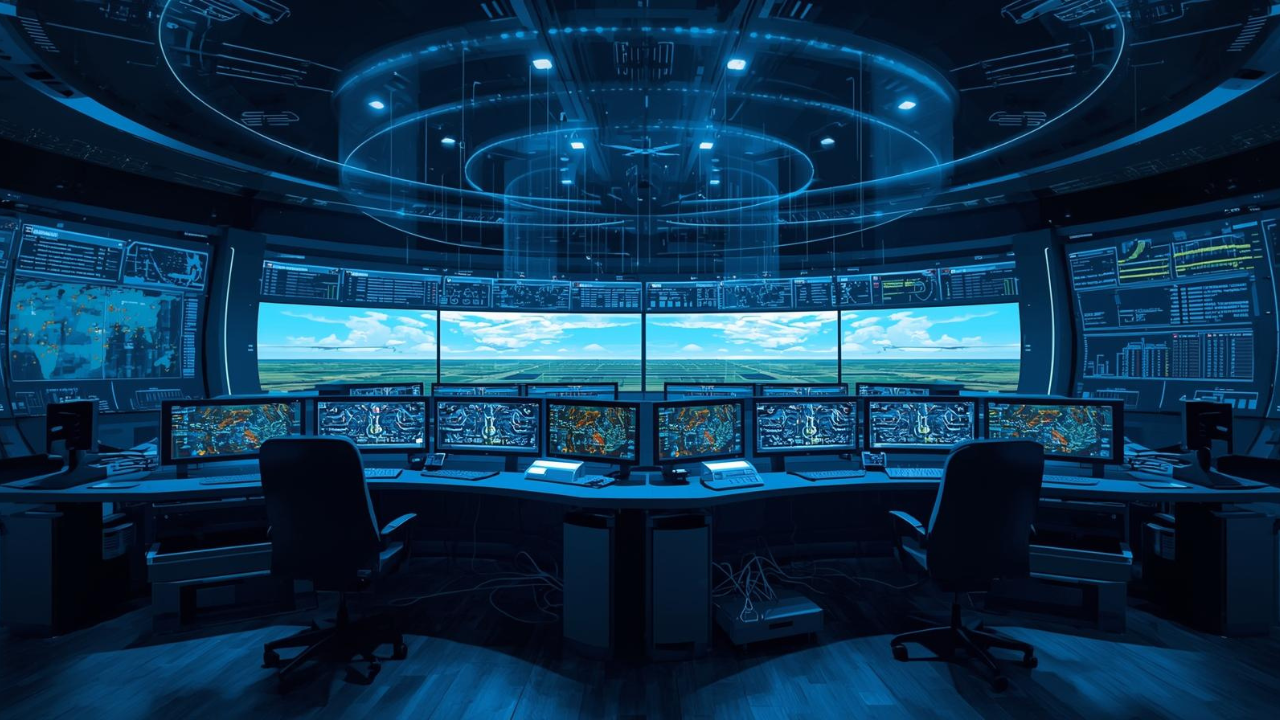
Post by : Shivani
In a landmark year for global aviation, Artificial Intelligence (AI) has redefined Air Traffic Control (ATC), achieving an unprecedented 99.8% accuracy in conflict detection. From the FAA NextGen network in the U.S. to SESAR AI-FMP in Europe, intelligent systems are managing millions of daily flights with precision once thought impossible.
Over the past decade, AI has evolved ATC from a human-driven reactive model to a predictive, data-driven ecosystem. According to FAA data, AI systems have reduced near-mid-air collisions by 18% and controller workload by 25% in 2025. Platforms like MIT ACAS X and NoamAI Predictive Engine analyze 4D trajectories to foresee potential conflicts up to 40 seconds in advance.
“We are not replacing controllers; we are giving them superpowers.” — Duncan Auld, CTO, NATS
ATC began with visual towers in the 1920s, adopted primary radar in the 1950s, and advanced to satellite-based ADS-B in the 2010s. The defining leap came in 2018 with MIT ACAS X—the first AI-certified collision avoidance system cleared by the FAA. Subsequent breakthroughs such as NATS Aimee (2022), SESAR AI-FMP (2024), and NoamAI (2025) have elevated ATC performance globally.
Modern ATC AI integrates several core algorithms:
Deployment across the FAA NextGen system has improved resolution efficiency to 96% while reducing false positives to 0.3%—a massive leap from the 12% rate seen in human-only operations.
SESAR AI-FMP now orchestrates 43 European air traffic control centers. Using ensemble machine learning, it forecasts traffic congestion up to six hours ahead. The system dynamically redraws airspace sectors every 15 minutes, reallocates slots through collaborative decision making (CDM), and models uncertainty through Bayesian networks. EUROCONTROL reports that these AI optimizations saved more than €2.1 billion in 2025 alone.
AI-driven weather analysis fuses satellite imagery, Doppler radar, and ensemble prediction models to produce forecasts with five-minute granularity. Airlines now leverage these systems to optimize green routing, saving fuel and avoiding turbulence. On average, flights save 180 kilograms of fuel, resulting in roughly 14.2 million tons of CO₂ reductions annually—equivalent to removing over three million cars from circulation.
AI-powered digital towers use 16K panoramic feeds, LiDAR, and computer vision to manage airports remotely. The NATS London City Tower, operated from Swanwick, identifies runway incursions in just 0.8 seconds, while Avinor Norway manages 15 small airports from a centralized hub, cutting costs by 40% and ensuring full operational uptime. As of late 2025, 87 digital towers are in operation worldwide, with 300 expected by 2030.
Research from UC Merced shows that controllers working with AI systems experience 28% less cognitive fatigue. The UK’s Project Bluebird demonstrates a hybrid model where AI suggests up to three conflict-resolution options and the human controller chooses the final one. Training innovations such as VR-based AI simulators have reduced controller certification time from 24 months to 14 months.
AI-enabled ATC systems are now fully operational in the U.S., Europe, Asia, and the Middle East. The FAA NextGen program halved average delay minutes per flight, while SESAR AI Suite trained 1,200 European controllers, saving €2.1 billion annually. In Asia, Singapore’s Changi Airport achieved a 15% capacity increase, and India’s Delhi AI-Traffic Optimizer cut delays by 25% and fuel use by 18%. In Dubai, the DCAA Smart Tower can predict gate conflicts up to 45 minutes in advance.
AI supports Continuous Climb/Descent Operations (CCO/CDO) that reduce fuel burn by up to 300 kilograms per flight. Combined with AI routing and traffic optimization, aviation saved more than 18 million tons of CO₂ in 2025. These achievements align with ICAO’s CORSIA and global net-zero targets for 2050, proving that digital innovation and sustainability can coexist.
Experts predict Level 4 autonomous ATC—AI with human oversight—by 2032 and full Level 5 autonomy by 2040. Enabling technologies include 5G ATC networks with one-millisecond latency, quantum optimization for complex scheduling, and digital twins simulating live airspace. However, regulators like IFATCA emphasize that AI must remain “a tool, not a replacement.”
Challenges remain. The biggest include the “black-box AI” problem, cybersecurity threats such as GNSS spoofing, and regulatory lag. To counter these, organizations are deploying Explainable AI (XAI) for transparency, AI TRiSM frameworks to secure operations, and following the EASA AI Roadmap 2024 for certification guidance.
“AI in air traffic management is the safety net of the digital sky—predictive, transparent, and sustainable.” — Dr. Carlos Mendez, EUROCONTROL
AI has transformed air traffic control into a predictive, precision-driven system that achieves 99.8% conflict detection accuracy, 30% fewer delays, and 18 million tons of CO₂ savings annually. The future of aviation will be defined by a powerful partnership between human expertise and machine intelligence.
Disclaimer: This article is for informational and journalistic purposes only. Data from FAA, NATS, SESAR, and EUROCONTROL 2025 reports. Not official regulatory advice.
#AIinATC #ATCRevolution #AirTrafficControl #DigitalTower #SustainableAviation #FAA #EUROCONTROL #DroneUTM #AutonomousATM



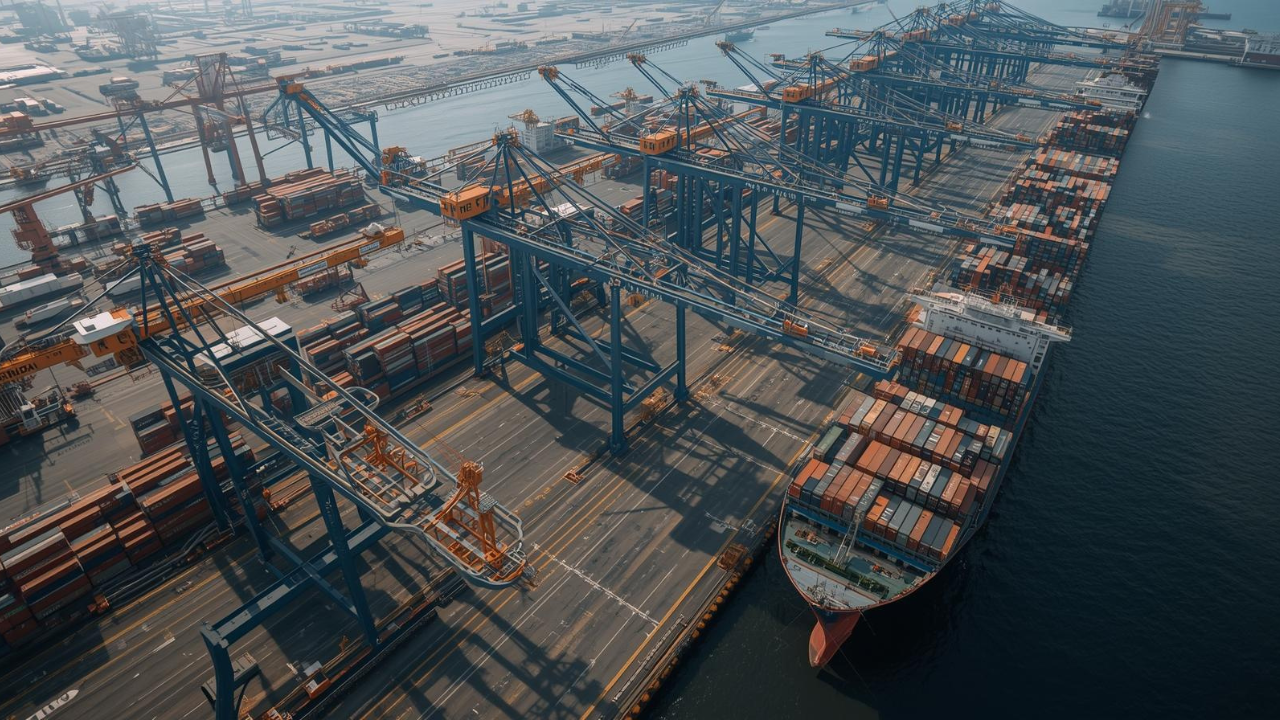


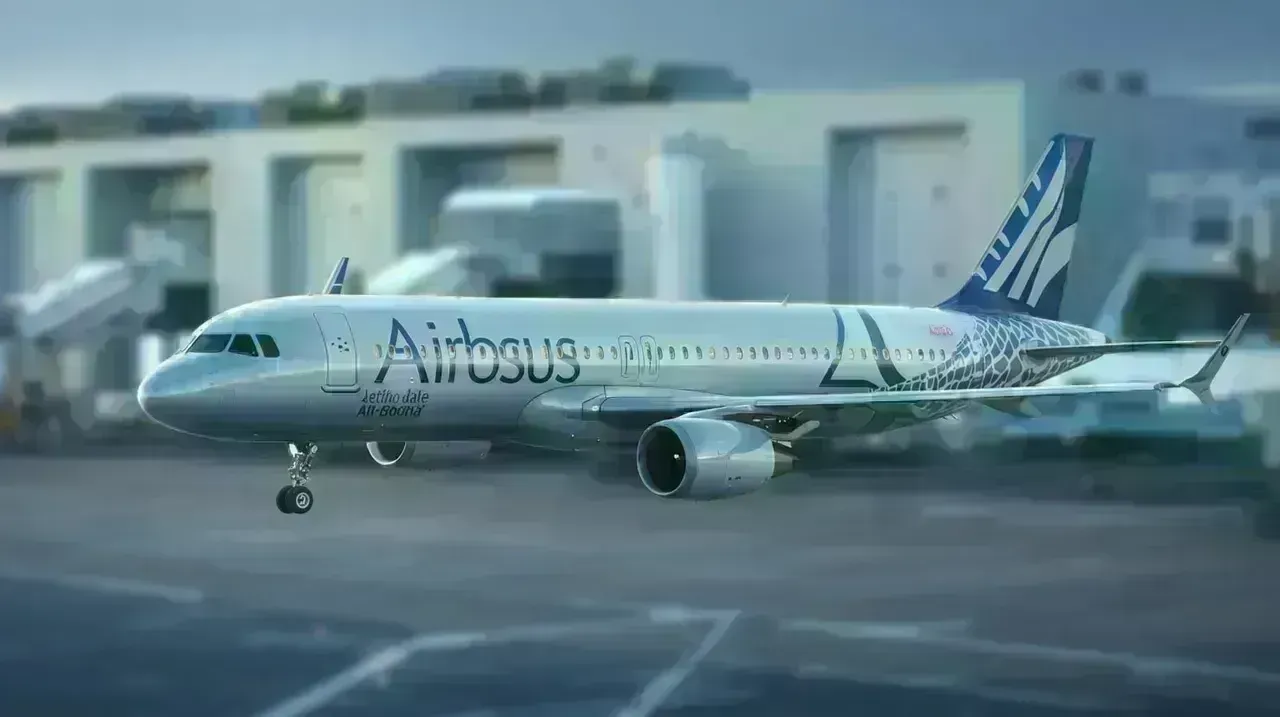


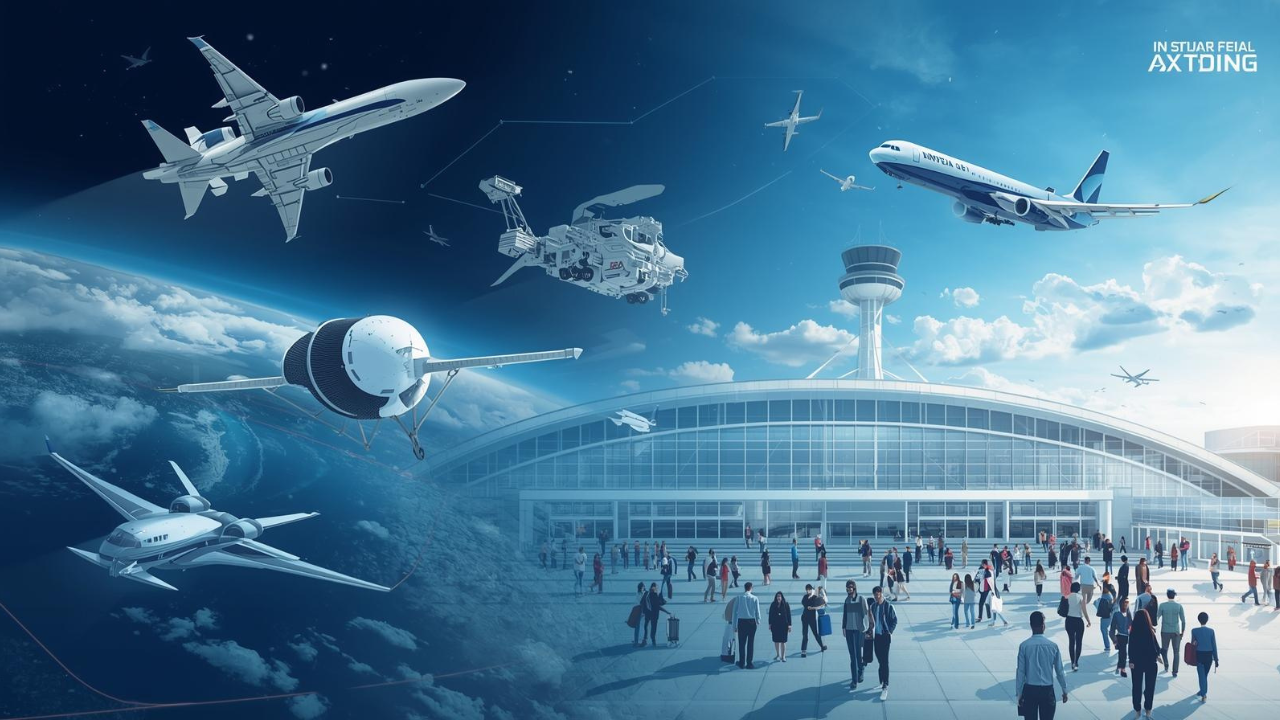
Advances in Aerospace Technology and Commercial Aviation Recovery
Insights into breakthrough aerospace technologies and commercial aviation’s recovery amid 2025 chall
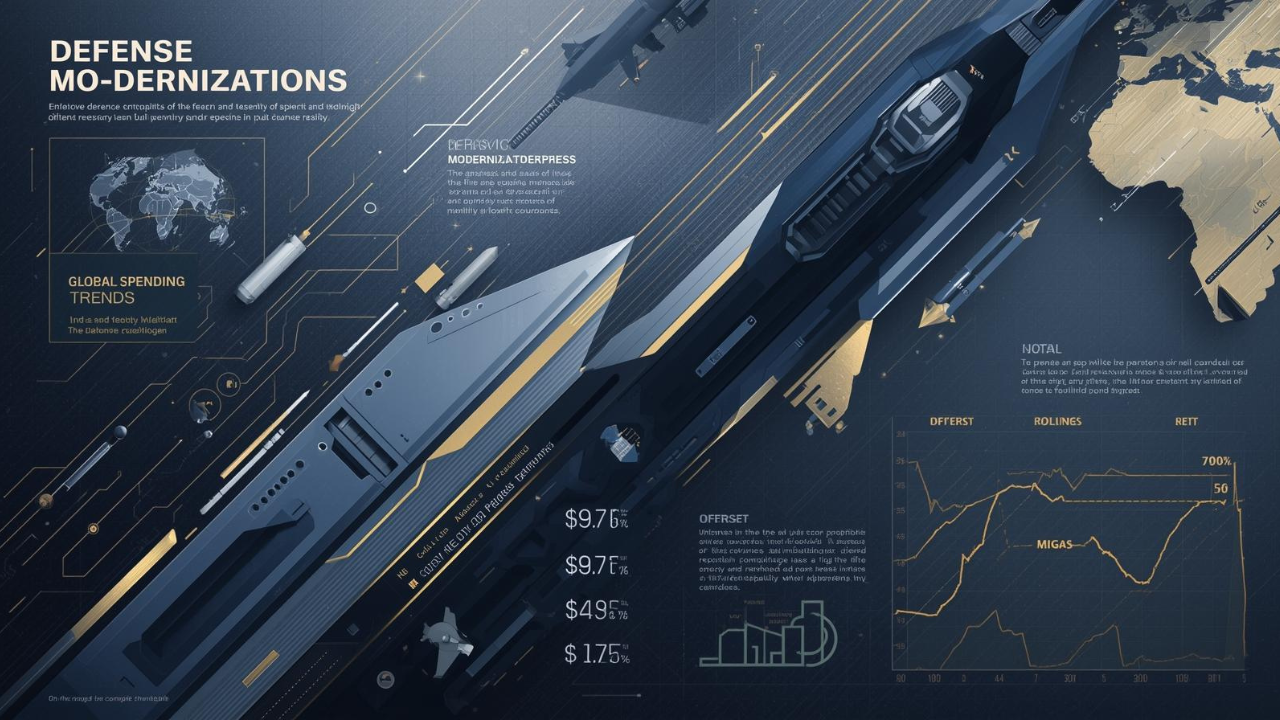
Defense Modernization and Strategic Spending Trends
Explore key trends in global defense modernization and strategic military spending shaping 2025 secu

Tens of Thousands Protest in Serbia on Anniversary of Deadly Roof Collapse
Tens of thousands in Novi Sad mark a year since a deadly station roof collapse that killed 16, prote

Canada PM Carney Apologizes to Trump Over Controversial Reagan Anti-Tariff Ad
Canadian PM Mark Carney apologized to President Trump over an Ontario anti-tariff ad quoting Reagan,

The ad that stirred a hornets nest, and made Canadian PM Carney say sorry to Trump
Canadian PM Mark Carney apologizes to US President Trump after a tariff-related ad causes diplomatic
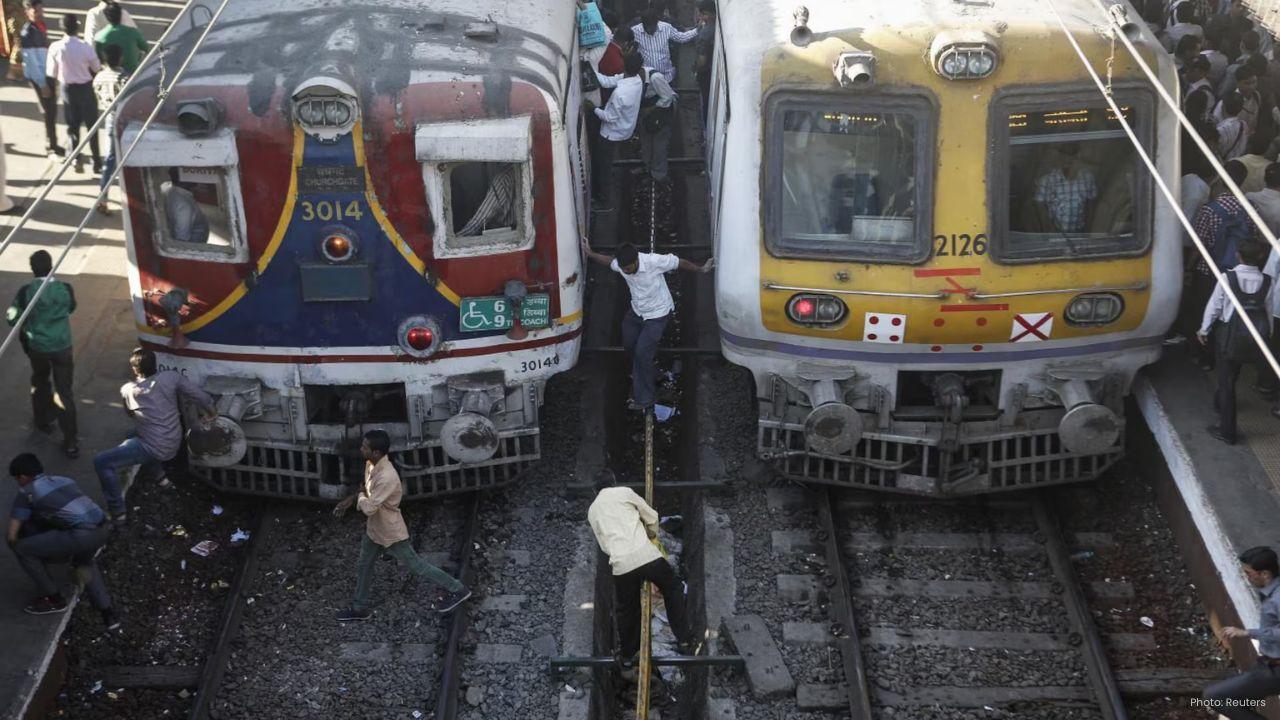
Bengaluru-Mumbai Superfast Train Approved After 30-Year Wait
Railways approves new superfast train connecting Bengaluru and Mumbai, ending a 30-year demand, easi